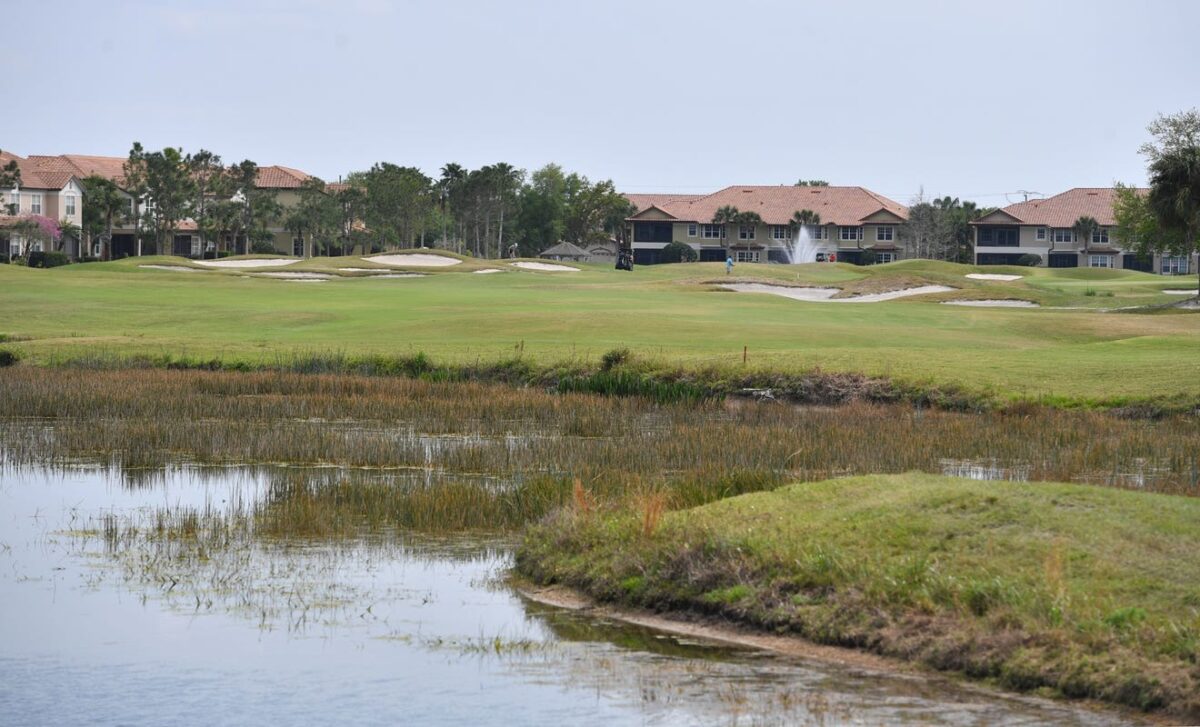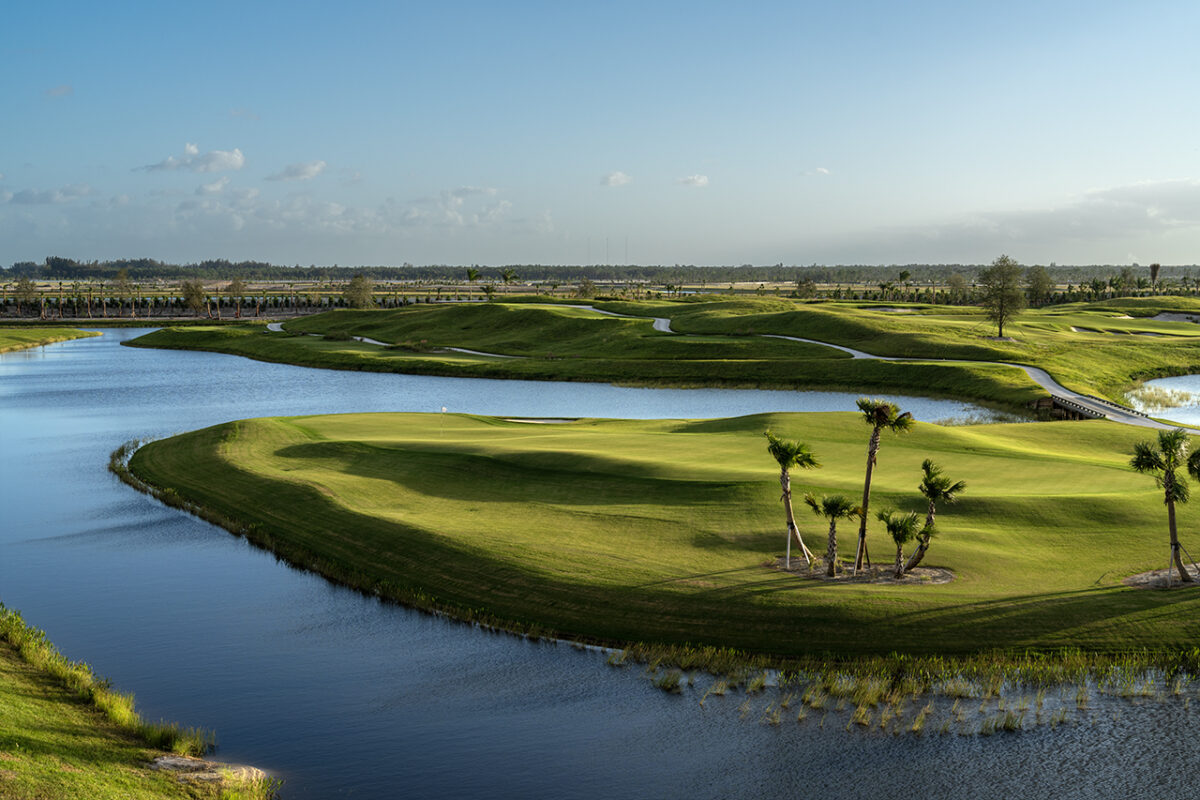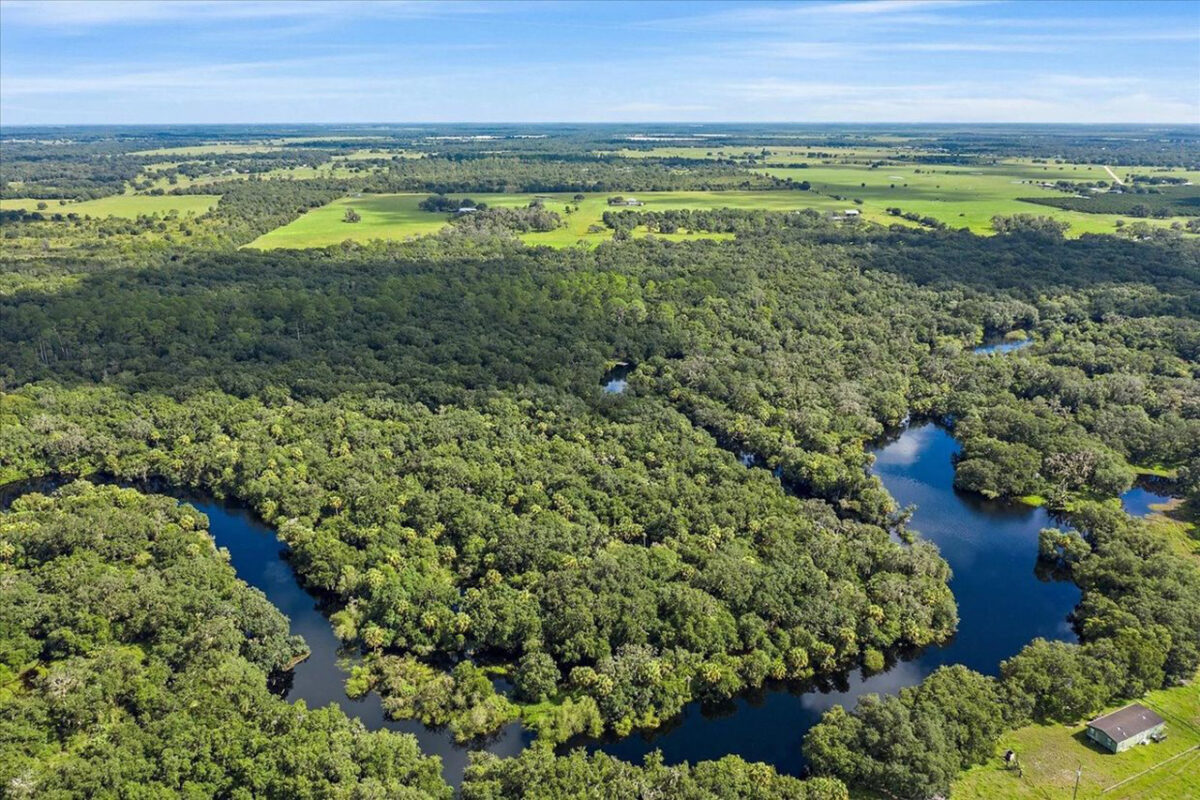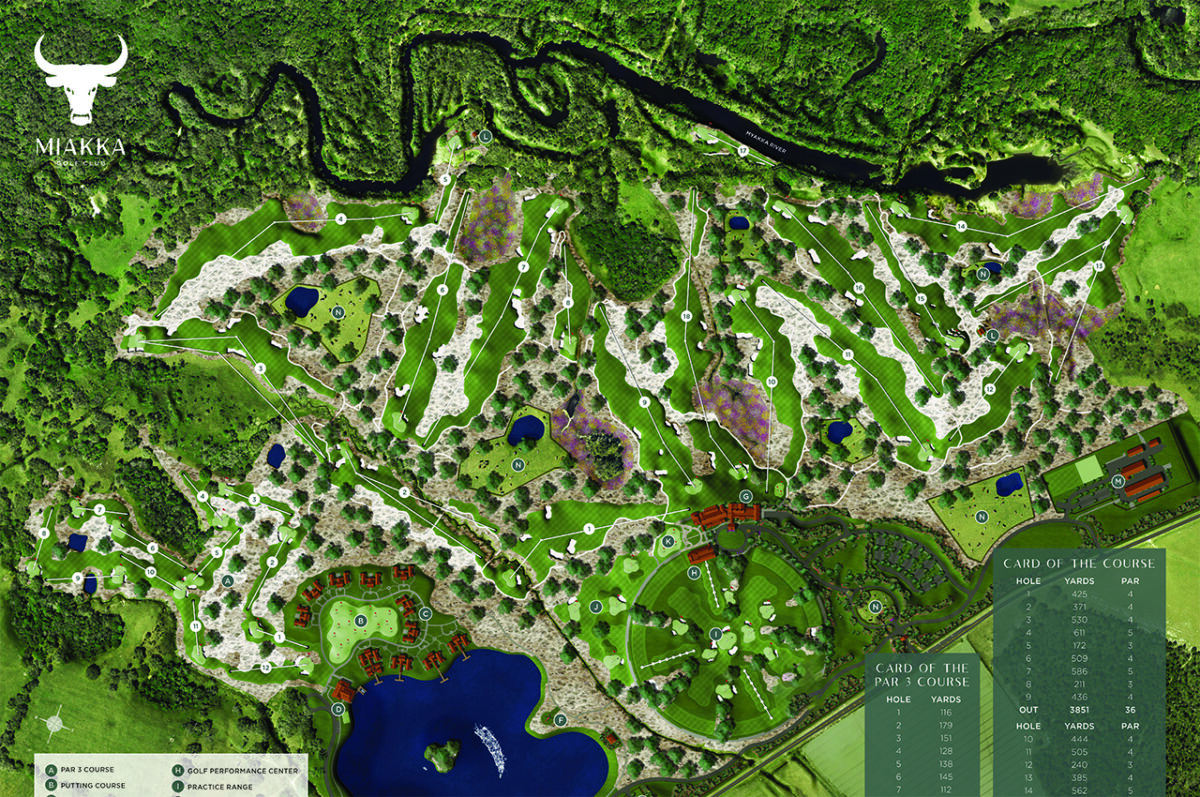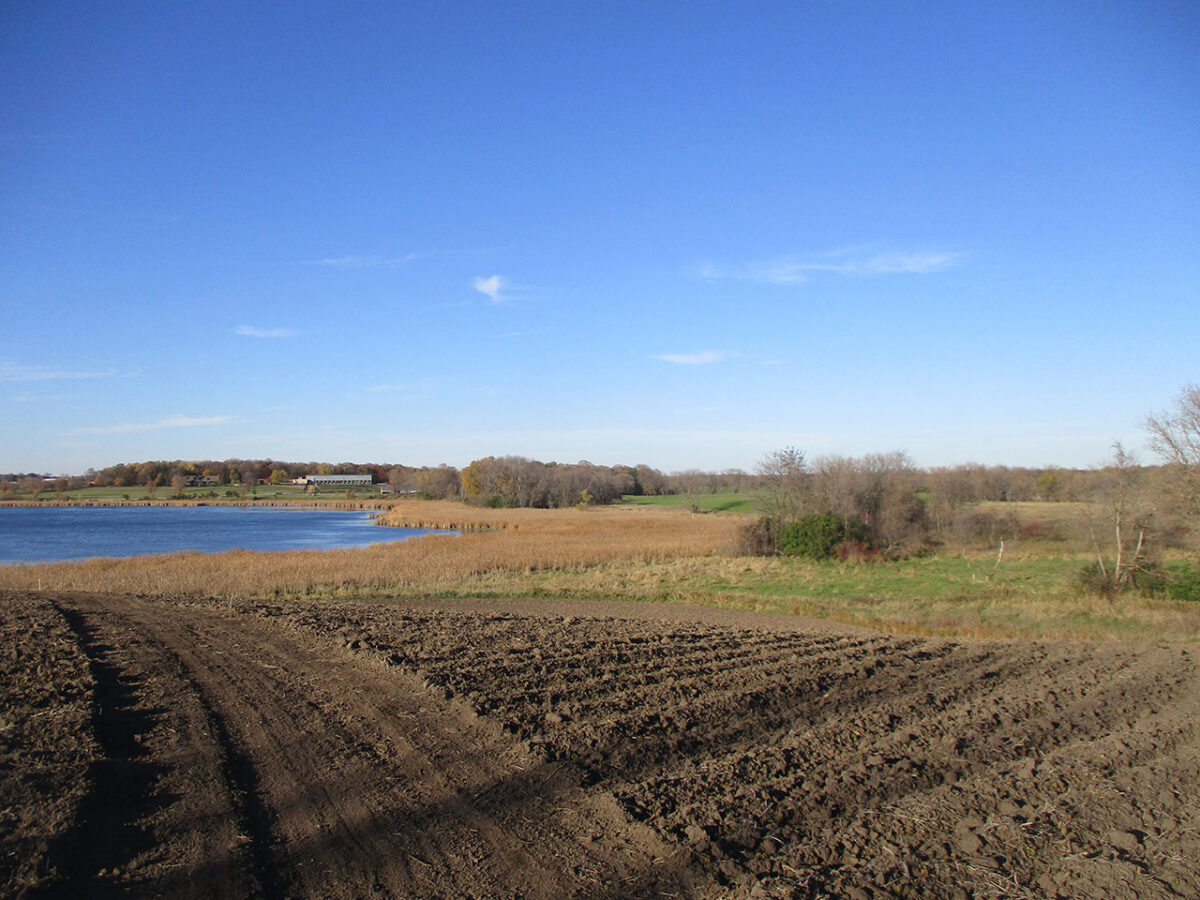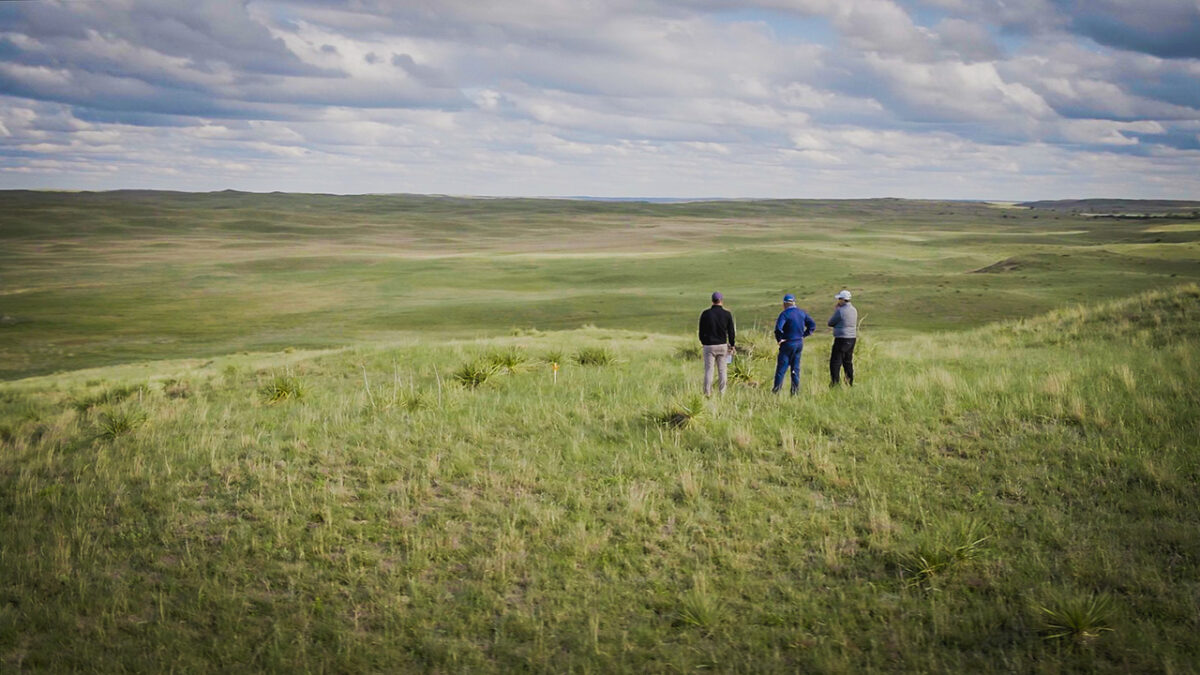A Virginia-based company now controls four golf courses in Lakewood Ranch near Sarasota, Florida, including a public course which will shift to operating as a private club starting next week.
Heritage Golf Group announced the acquisition of the three private Lakewood Ranch courses — Cypress Links, Kings Dunes and Royal Lakes — that form Lakewood Ranch Golf and Country Club in a news release, but only sent emails to the annual passholders at the public course, Legacy Golf Club, offering refunds for members who had annual passes. The course was designed by Arnold Palmer and opened for play in 1997.
“Effective immediately, we have made the decision to reposition Legacy Golf Club to a fully private club,” the email provided to the Herald-Tribune said. “With this in mind, we plan on closing the club on Monday, March 18, to begin a comprehensive renovation to the Arnold Palmer Signature Golf Course.”
The transition of Legacy Golf Club to a country club model sparked some concerns among longtime residents of one of the fastest-selling master-planned communities in the country being over Lakewood Ranch without a public golf course.
Lakewood Ranch now has more than 66,000 residents living in the 33,000-acre development.
Heritage said in the email to Legacy passholders the “multi-million project will include rebuilding greens, tee boxes, fairways, bunkers and cart paths.
“We expect this restoration to be completed and the course to reopen in the fourth quarter of this year.”
Heritage also offered refunds to the annual members impacted by the course becoming private.
A representative of Heritage Golf Group was not available to comment by publication time.
“Lakewood Ranch Golf and Country Club is the crown jewel of the Lakewood Ranch community, and we are proud to become its new steward,” Mark Burnett, Heritage Golf Group CEO, said in a news release. “We are honored that SMR selected Heritage Golf Group to continue building on its noteworthy tradition and impeccable nationwide reputation as the premier country club and lifestyle community. The continued growth of our network of clubs will only further enhance the member and guest experience as well as offer additional career growth for our employees.”
Kenneth Serroka retired to Lakewood Ranch in 2001, purchasing a home on the Legacy golf course overlooking the 15th hole for $260,000, a fraction of what properties now go for in the area.
Serroka said that not everyone in Lakewood Ranch has the means to join the country club as initiation fees are tens of thousands of dollars, in addition to monthly dues.
Now, he won’t be able to golf on the course he’s used for more than two decades and will see out his windows every morning, unless he joins the country club, which currently has a long waitlist.
The 82-year-old has made friends that he would see on the course on a nearly daily basis in spontaneous encounters.
Serroka said he’s worried about Lakewood Ranch becoming a community of haves and have-nots as property values soar in the area. He said many people bought into Lakewood Ranch before home values increased.
Also, the development has been popular for people looking for a second home. He said few people maintaining two residences can afford the exorbitant cost it takes to join a country club.
“I feel like I’m losing the friends I made over the past 20 years,” he said. “I loved it there.”
Steve Ekovich, executive managing director and partner at Leisure Investment Properties Group, would not confirm information on the Legacy Golf Club. However, he did facilitate the transaction involving the private golf courses.
A purchase price for the three courses has not been disclosed and a deed has not yet been recorded for any of the sales as of Thursday afternoon.
However, Ekovich said that interest in the three private courses was high, resulting in a half-dozen offers to purchase the course.
Ekovich said there are plans to build another course somewhere in Lakewood Ranch given the demand for golf in the community.
“The interest we had was absolutely phenomenal,” he said.
The veteran commercial broker remembers when about 10 years ago magazine and newspaper articles proclaimed the decline in popularity of golf across the United States. Several accounts went as far as to say that golf was dead with new residential communities focusing on outdoor trails and healthy living as selling points.
However, Ekovich said, the COVID-19 pandemic helped golf rebound in popularity given the sport lends itself to open-air, socially distanced activity. He said from 2008 to about 2013 golf course values dropped by half.
“It’s just the opposite now,” he said. “Golf is as healthy as it’s ever been.”
